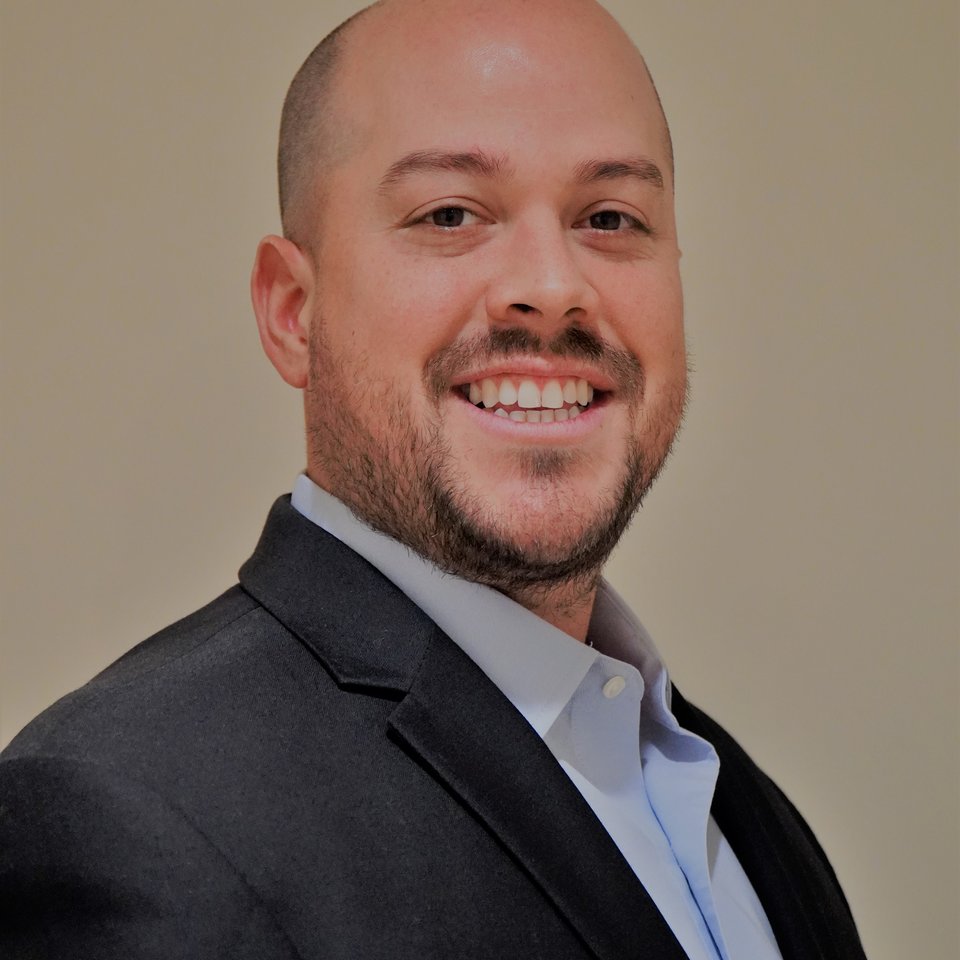
Pumps, plantwide, and digital transformation - part 2
In part 1, I talked about a different approach to plantwide monitoring where the so-called “balance of plant” or “less critical assets” no longer employ such heavy reliance on walk-around programs and the balance shifts in terms of an online approach. I also underscored that pumps are front and center in most plants and if you can thus provide a solution that addresses pumps (and the motors that drive them), it is likely that you can address the remaining assets if your solution is broad enough in its implementation of AI and sensor types. The truth is that fans, blowers, chillers, small compressors, and a host of other machines rarely need different sensors – they just need AI that recognizes the nuances of their operating and failure modes.
In many respects, the shift has been made possible by the following advancements over the last 10-15 years:
- The capabilities of AI technology
- The capabilities of wireless sensing and battery technology
- The falling price-to-performance ration of wireless sensing an IIoT technology
- The emergence of robust, wireless industrial network technologies
But these are all technology-related – just look at the last word of each bullet. There was another fundamental shift that had to occur to lower the entry hurdle for customers: a subscription-based model. It is difficult to overstate how significant this seemingly small change has been in terms of shifting the industry.
The “as a Service” (aaS) suffix has been tagged onto a lot of things these days. Chances are, most of your personal software is now an annual subscription. And much of your business software has moved in the same direction. Cloud storage has done the same thing and most people are no longer shopping for such massive hard drives in their computers because cloud storage for a monthly or annual subscription is the new normal.
I’m also well-aware that manual data collection has been offered using a subscription-based model for many years to those companies that outsource their plantwide programs to a provider. The difference is that those models are rooted in cost structures that rely on the most expensive ingredient of all: labor. To make a different approach affordable for customers and still profitable for providers, you had to get off the labor escalator and onto a different means of conveyance. AI has made that possible along with the decreasing cost of ubiquitous sensing that is both robust and sufficiently capable of meeting the measurement criteria for data quality.
What a subscription-based model has revolutionized is the price of entry. The old model was that the customer either bore all the costs of the infrastructure and its installation at once, and then slowly paid for it over time – usually measured in multiple years. You had to eat the elephant in one bite. Today, that is no longer the case. You don’t need to own the sensors, the servers, the wireless networking appliances, or the software. You don’t need to shoulder the burden of installation costs all at once before you can see that first megabyte of data and hope it is useful.
When you make it easy to get in the door, you find a whole lot more people inside. It really is that simple.
This new delivery model is precisely why customers are seeing paybacks of 3X-7X within just a few months. It isn’t that the machine saves are necessarily of larger magnitude – after all, the way you purchase something doesn’t change the way the asset fails or what its worth to avoid the failure. What changes is the cost to start enabling those saves becomes vastly lower. It’s a smaller nut to crack. And what we are finding is that once customers start achieving these results, it becomes very, very sticky. They don’t want to stop.
It’s truly a great model for customers in another important respect, too. Not only are the entry costs low, but as a supplier we are now heavily incentivized to make sure we keep delivering value. No longer is it possible to be “once and done”. As painful as it is to say, the old model meant – at least in theory – that we got paid before delivering value and it was possible that the system could live out its life without delivering value. Now we know this didn’t happen often and 60 years in business is a testament to that, but it still meant that you had to surmount that initial hurdle all by yourself. And once you’d paid for that mountain, you had to chip away at the granite face one hammer swing at a time. As I said, that often meant a year or more to reach break-even and then even more accrued time to swing things net positive. For some customers, that hurdle was surmountable and represented the right model. For others, it was not.
By lowering the price of entry, there’s another aspect that we don’t like to talk about as much, but is nonetheless true: the price of exit. If you aren’t getting value from a subscription-based model, the reality is that its easier to walk. That places enormous (and necessary) pressure on us to make sure we are delivering value every month, year after year, so that the decision to renew become a no-brainer. You don’t renew because you have to – you renew because you want to.
In part 1, I also talked about a new discipline resident in most companies these days: the digital transformation leader (DTL). I like to think of them as talent scouts, scouring the minor leagues, college, and even high school, looking for the next big player with a future in the majors. Plantwide initiatives are a lot like that. Just because you can deliver a solution at a plantwide level, doesn’t mean you’re ready for the enterprise-wide level.
Today’s DTL’s criteria is multi-faceted and this is what they’re telling me:
- Projects don’t even make the cut if they can’t deliver 20-30% ROI in under a year.
- Projects don’t even make the cut if they cannot scale to enterprise-wide levels.
- Projects have to prove themselves at the plantwide level first, before we take them to scale at enterprise levels. They have to show they can play in the minors before they graduate to the majors.
And this brings me to another important point. 70% of projects get stuck at the pilot phase because even though they deliver value at plantwide scales, they cannot cross that chasm to enterprise scalability. So, a significant question today is becoming not “what can you do for me at a plantwide scale?” but “what can you do for me at an enterprise-wide scale?”. That plantwide initiative might just stand a better chance if it has the legs to go the full mile – not just the first hundred yards.
If you’re sensing that I’m passionate about this solution, you’d be right. I’m just seeing too many success stories to be anything but enthusiastic. I’m actually fresh off the heels of recording a customer in the downstream petrochemical sector that just finished recording a video testimonial. Their results: 25X in 53 days. I’ve working in this industry quite a while – and some of my colleagues even longer – but we all agree, we’ve never seen anything with a value story quite like this. Will your mileage vary? Of course it will. But the average we’re seeing is 3X-7X in 6 months. That’s average – not cherry-picked outliers.
So can you see now why I’m passionate? The only real measure that counts is not the potential that exists, but what it actually delivers in practice. And our Machinery Health as a Service is doing exactly that. It’s delivering.

Carlos M. Gomez
Vice President, Global Partnerships and Alliances
BIO
Carlos is a Baker Hughes VP based in Houston leading our Global Partnerships and Alliances, including an software alliance with Augury to deliver Machine Health using an innovative subscription-based, cloud-hosted model. With low entry and sustaining costs, the approach yields incredibly rapid ROI at both plantwide and enterprise-wide levels.

